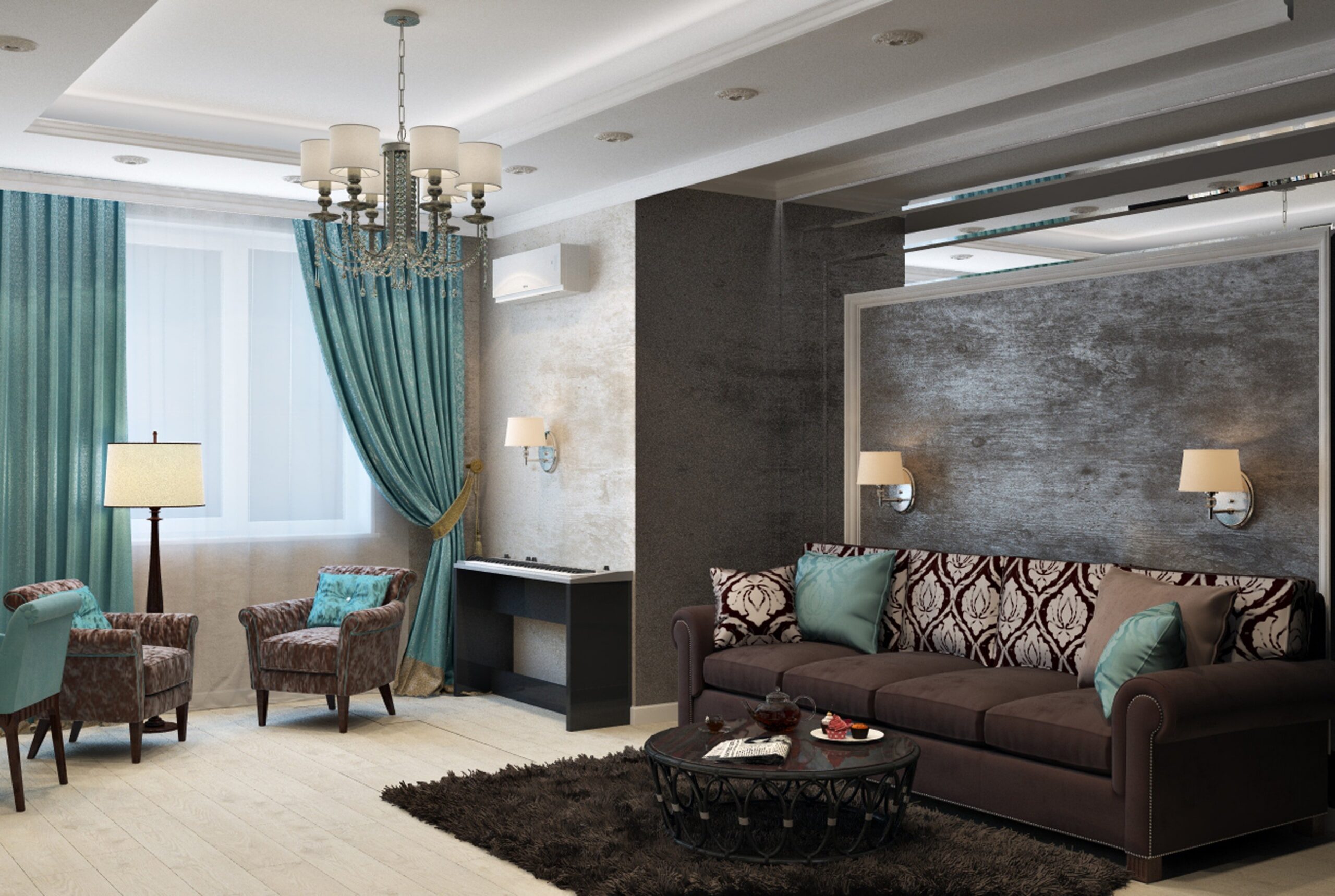
When you want to paint over surfaces that are textured or are covered with old wallpaper, you need to use a technique that allows you to create a new “surface” that will cover the old. Applying a good coat of latex primer and then multiple coats of a matte or flat finish may help, it can still leave some of the textured appearance behind. Faux techniques can be used to add little depth to the surface, covering up textures and creating a unique look.
Sponges and Rollers
Natural sea sponges and shaped rollers can be used to create a unique pattern that can be used all over a large area or only as a trim. Two or three different colors of paint and a small amount of glaze will allow you to completely re-decorate a room. Sponging works great in bathrooms, kitchens, and bedrooms, or anywhere a textured look is desired. Mix a small amount of glaze into each color of paint and dab on the walls in random patterns. You can contrast your colors or blend them to create a more subtle look.
Color Wash Techniques
Color washing is a very easy technique that offers a broken finish. It works well if you are looking to achieve an antique-ish look that is weather-worn. Apply a contrasting base color first. Use a translucent glaze to lightly cover the base by using long, light, feather-like brush strokes. This will create a soft texture. The result will be a very mellow, well-worn surface that is ideal for a family room, den, kitchen, or master bedroom.
Rag Rolling
Rag rolling produces a look that is similar to stucco or old, well-worn leather. Once the base coat has been applied, take a wet rag that has had most of the water wrung out of it. Roll up the rag and dip it in the paint/glaze. Roll the rag along the wall at irregular angles. This creates a patchy or mottled appearance. You can roll the rag into a long rope or wad it up like a ball. Continue to dip the rag in the paint/glaze as it begins to dry out. If you want to use more than one color, alternate the colors as you go.
Marbling
With marbling, the goal is to layer glazes with different tints in patterns that will begin to mimic the look of marble. It can easily be used around fireplaces and on tabletops. With a little practice, you can create surfaces that look exactly like the stone it is meant to imitate. Once you have applied your base coat, you can start adding the various tinted glazes with rags, rollers, or sponges. Be creative and use random strokes. Try to eliminate any patterns. Once you have one coat applied, take a break and let it dry thoroughly. You can use different size brushes to create the veins and imperfections that often stand out in a natural piece of marble. Avoid uniformity. After you’ve applied another layer, let it dry completely. One last layer of glaze will provide the crystal-like appearance of true marble.
In most cases, professionals recommend using a latex primer before applying any type of interior paint. Not only does it smooth the texture or surface, it also makes the finished paint look more uniform. Matte or flat finishes work great for walls in any room, but when you want to add an extra touch of style you need to be creative. Using faux techniques make your walls stand out, giving them a new look that will accentuate your room and make other aspects of your décor pop.






